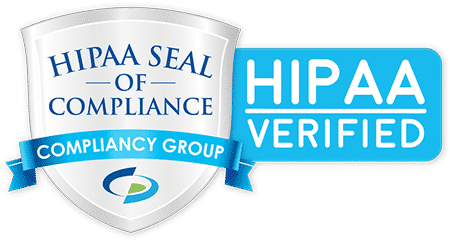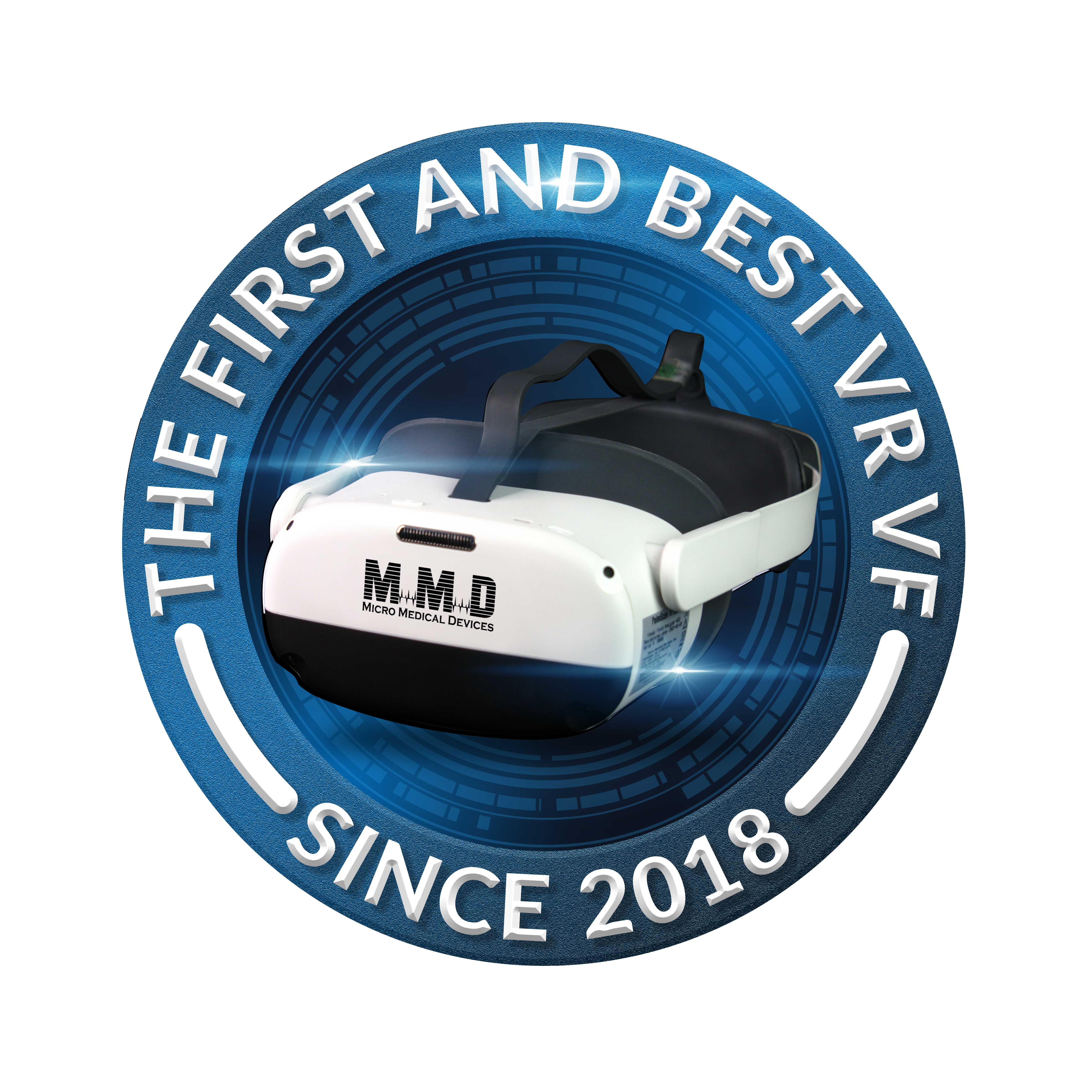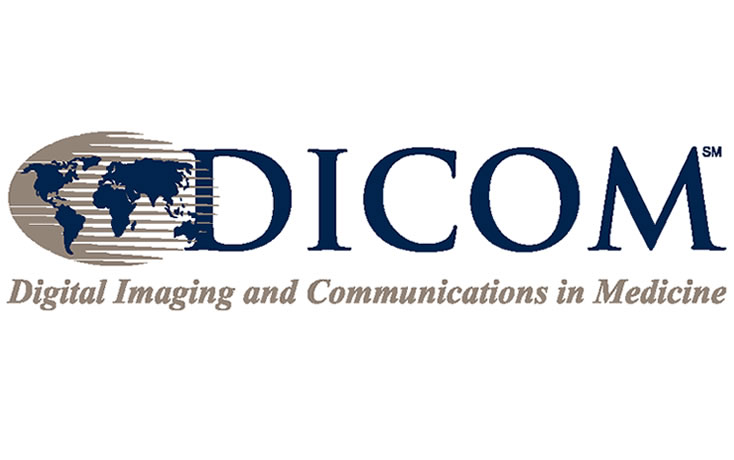Accurate visual field testing is a cornerstone of modern eye care, but proper billing and coding are just as critical for ensuring your practice gets paid for the work you do.
If your clinic performs visual field exams, whether on traditional tabletop perimeters or portable VR-based systems like the VF2000 G2 or VF2000 NEO from Micro Medical Devices, understanding how to bill CPT codes 92081, 92082, and 92083 correctly can protect your revenue, streamline claims, and support compliance.
This guide walks you through each code, documentation requirements, and best practices for clean claims submission.
Why Correct CPT Coding Matters
Visual field exams are reimbursable diagnostic procedures under most medical insurance plans. However, claim denials often occur when practices use the wrong code for the test performed or fail to document the reason for medical necessity.
Proper coding ensures:
-
-
- You’re paid appropriately for the level of testing performed
-
- Patient records reflect accurate clinical detail
- Your practice avoids costly audits or recoupments
-
In short, it keeps your operations both profitable and compliant.
Understanding CPT Codes 92081–92083
The CPT codes for visual field examinations fall into three categories based on test complexity and extent of the visual field tested.
92081 — Limited Visual Field Examination
Use this code when performing a screening or limited test of the visual field. Common examples include confrontation fields, screening Perimetry, or small-area testing done for specific symptoms.
Typical use cases:
-
-
- Ptosis or lid droop assessment
-
- Visual field defect screening
- Short screening protocols or threshold tests
-
Device example:
A VF2000 G2 screening module performing a rapid or single-stimulus test would generally fall into this category.
92082 — Intermediate Visual Field Examination
This code represents one or two threshold determinations in each eye, typically used for moderate cases where more diagnostic data is required.
Typical use cases:
-
-
- Early glaucoma evaluation
-
- Monitoring known field defects
- Repeat testing to confirm abnormalities
-
Documentation tips:
-
-
- Include test type (e.g., 24-2 threshold test)
-
- Record reliability indices (fixation losses, false positives/negatives)
- Document interpretation and medical decision-making
-
92083 — Extended Visual Field Examination
Use this code for comprehensive, detailed threshold testing covering the entire visual field. This is the most frequently billed code for diagnostic perimetry in glaucoma, neuro-ophthalmic, and systemic disease monitoring.
Typical use cases:
-
-
- Glaucoma progression analysis
-
- Neurologic disease (stroke, optic neuropathy)
- Long-term follow-up exams
-
Device example:
The VF2000 NEO, with its eye-tracking and fixation monitoring, is ideal for 92083-level testing because it provides high reliability and detailed threshold maps.
Step-by-Step Guide to Billing Correctly
Step 1: Confirm Medical Necessity
Each test must have a documented clinical reason. Common ICD-10 diagnoses that justify visual field testing include:
-
-
- H40.11x — Primary open-angle glaucoma
-
- H53.4 — Visual field defects
-
- H02.413 — Ptosis, unspecified eye
- E11.329 — Diabetic retinopathy with visual changes
-
Always link the CPT code to the appropriate diagnosis code on the claim.
Step 2: Document Test Details in the Record
Insurers require proof that the service was performed and interpreted by a qualified provider. Be sure your chart includes:
-
-
- The type of test (screening, threshold, or kinetic)
-
- Testing parameters (pattern, stimulus, strategy)
-
- Reliability indices (fixation, false positives, false negatives)
-
- Interpretation and impression
- Interpretation and impression
- The ordering provider’s signature and date
-
Many EHRs now integrate with devices like the VF2000 to auto-populate these details into the patient record.
Step 3: Bill Per Eye
Most payers consider visual field exams a per-eye service, meaning you should indicate whether the test was performed unilaterally (-LT or -RT) or bilaterally. Verify your payer’s specific policy; some automatically bundle both eyes into a single payment.
Step 4: Attach the Correct Modifier (When Required)
For bilateral testing, use modifier -50 if the payer requires it for both eyes. For repeat tests on the same day, use modifier -76 to indicate a repeated procedure by the same provider.
Accurate modifier use prevents unnecessary claim rejections.
Step 5: Maintain Records for Compliance
Keep test data, reports, and interpretations stored securely for audit purposes. Systems like the VF2000 simplify this by saving encrypted reports and syncing results directly to your EHR.
Common Coding Pitfalls
Even experienced billing teams can make mistakes. Here are the most frequent issues to watch for:
-
-
- Using 92081 instead of 92083 for full threshold tests
-
- Missing or incomplete documentation of interpretation
-
- Incorrect or missing diagnosis linkage
-
- Forgetting bilateral modifiers or separate eye coding
- Submitting claims without proof of physician review
-
A short internal checklist before claim submission can reduce denials significantly.
Maximizing Reimbursement with Smart Technology
VR-based Perimetry devices like the VF2000 G2 and VF2000 NEO not only improve test efficiency and accuracy but also support better billing documentation. Automated data capture, reliability indices, and digital reports ensure your coding matches the true level of service performed.
When paired with proper documentation and EHR integration, these systems make it easier to bill confidently and get reimbursed faster.
Billing for visual field exams doesn’t have to be complicated. By understanding CPT codes 92081–92083, maintaining clean documentation, and using technology that supports accuracy, your practice can enhance both clinical outcomes and financial performance.
To learn more about how VF2000 devices simplify documentation, improve reliability, and streamline billing, visit Micro Medical Devices. Their team can help you find the right solution for your workflow, from portable Perimetry to complete EHR integration.







